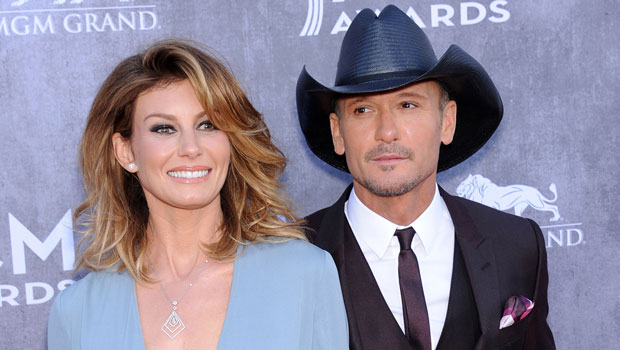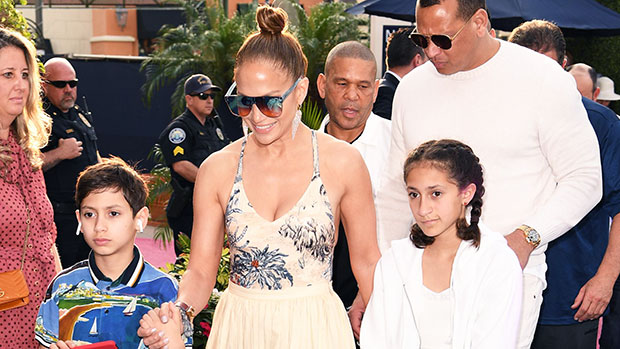SXSW 2022 Women Directors: Meet Allison Otto – “The Thief Collector”
Allison Otto is an Emmy-winning documentary filmmaker, cinematographer, and visual journalist. Her documentary short “The Love Bugs” was awarded Best Short Documentary in the 42nd Annual News & Documentary Emmy Awards after screening on “POV Shorts” Season 3. The...

Allison Otto is an Emmy-winning documentary filmmaker, cinematographer, and visual journalist. Her documentary short “The Love Bugs” was awarded Best Short Documentary in the 42nd Annual News & Documentary Emmy Awards after screening on “POV Shorts” Season 3. The film was also shortlisted for a 2019 International Documentary Association Award and is touring globally with the American Film Showcase. Her journalism clients have included National Geographic, BBC America, NBC, the Sierra Club, Travel Channel, Atlas Obscura, and Lonely Planet. “The Thief Collector” is her first feature-length documentary.
“The Thief Collector” is screening at the 2022 SXSW Film Festival, which is taking place March 11-20. Find more information on the fest’s website.
W&H: Describe the film for us in your own words.
AO: This story is a complete mind-bender! The day after Thanksgiving in 1985, one of the most audacious and puzzling art crimes of a generation unfolded. Willem de Kooning’s “Woman-Ochre,” one of the most valuable paintings of the 20th century, was sliced out of its frame at the University of Arizona Museum of Art before two thieves vanished with it into the Arizona desert. Thirty-two years later, the painting, now worth an estimated $160 million, resurfaced, hanging in a cheap gold frame behind the bedroom door of two deceased, retired school teachers in rural New Mexico.
“The Thief Collector” dives deep into how, and why, this mild-mannered couple pulled off one of the greatest art heists of a generation, and it explores the complicated dynamics of family and just how far people will go to weave their own grandiose narratives.
W&H: What drew you to this story?
AO: I’m drawn to quirky, character-driven stories about people who go to colossal lengths for the things they obsess about and collect. I’ve always found collectors to be deeply relatable in their idiosyncrasies and dedication. In 2019 I decided I’d do some digging into the perplexing theft of “Woman Ochre” and its discovery.
I soon discovered that the theft was just the tip of the iceberg. This story was a perfect storm of singular characters, bizarre synchronicities, fascinating psychological angles, and outlandish motivations. My past films have centered around individuals whose passions led them to build unconventional collections that ultimately turned out to be of immense educational value. In the end, their devotion to their obsession ended up benefiting the world, and they were validated.
In “The Thief Collector,” however, the obsessions of the two main characters and their desire to collect leads us on a very different journey.
W&H: What do you want people to think about after they watch the film?
AO: This story haunted me for months when I first heard about it. I hope viewers find it as thought-provoking as I did, and I hope they enjoy all the twists and turns. It’s not a standard by-the-books art crime and the motivations were unconventional.
I think it raises questions about how far we will go for the things we covet, what we’re willing to do for the people we love, and how untethered life becomes when our self-curated narratives and fantasies about our lives collide with reality.
W&H: What was the biggest challenge in making the film?
AO: One of the biggest challenges in making the film was piecing together just who the Alters really were since they were not here to answer so many questions about themselves. Since they were almost reclusive, it was almost like no one knew the “real” them, so we had to piece them together from “tidbits” of information from a large number of people and the parts of their story that they left behind. But in piecing them together we had some amazing breakthroughs and discovered shocking twists that added another dimension to everything!
W&H: How did you get your film funded? Share some insights into how you got the film made.
AO: We received a development grant from the Catapult Film Fund + SFFILM and starter funds from DocLands DOCPITCH. Then, we were so honored to partner with XTR Studios and private investors to bring the film to life.
W&H: What inspired you to become a filmmaker?
AO: I began my career as a sports journalist, but after several years I realized I wasn’t feeling creatively fulfilled and didn’t see a future for myself in the newspaper industry. I wanted my stories to incorporate a more immersive and visual component, so I transitioned to video journalism.
I filmed and created content for National Geographic, the Travel Channel, Lonely Planet, and BBC America among others. Learning to film, direct, produce, and edit ultimately led to directing short documentaries like “The Love Bugs,” which aired on “POV Shorts” in 2020 and received an Emmy in 2021 for Best Short Documentary. “The Thief Collector” is my first feature documentary
W&H: What’s the best and worst advice you’ve received?
AO: Best advice: “You have to know that you are the one who can move a ship over a mountain.” — Werner Herzog speaking about the absolute conviction that a director needs to have in believing that they can accomplish something that seems like an impossible pipe dream to others. Herzog famously moved a 320-ton steamship manually over a mountain in the Amazon basin for his film “Fitzcarraldo.”
Worst advice: “You need a film school degree to be a legitimate filmmaker.” Actually, you don’t. I think you can learn even more by being in the field, working with others on set, and watching films and film tutorials. I think your first film is your greatest teacher.
W&H: What advice do you have for other women directors?
AO: Take inspiration from the famous feminist rallying cry: “Nevertheless, she persisted.” Persist in the face of those who tell you that you’re not talented enough, smart enough, or capable enough.
The film industry is currently one in which the gatekeepers and the key production roles are overwhelmingly staffed by males. According to a study conducted by the Center for the Study of Women in Television and Film, in 2019-20, 97 percent of the broadcast programs sampled had no women DPs, 86 percent had no women editors, 75 percent had no women directors, and 71 percent had no women creators.
I think it’s important for women in the industry to lift each other up. In my case, I was really fortunate to work on “The Thief Collector” with brilliant, top-tier female producers in Jill Howerton, Caryn Capotosto, and Mary Kay Cook, and assistant director Saro Melero Bonnin.
W&H: Name your favorite woman-directed film and why.
AO: I have three that tie for top honors.
“For Sama,” directed by Waad Al-Kateab and Edward Watts: This is the most intimate and shattering documentary I’ve ever seen about the female experience of war. For five years, Waad filmed her life in Aleppo as she fell in love, got married, and gave birth to her daughter while the Syrian conflict raged around her. I am in awe of her and this film!
“In The Same Breath,” directed by Nanfu Wang: This is by far the best documentary about the COVID pandemic, in my opinion. Nanfu possesses a unique and impressive ability to navigate around government censorship in her native China and gain access in order to tell groundbreaking exposés woven in with her personal experiences. Nanfu is an amazingly brave, persistent, and thoughtful filmmaker.
“Stray,” directed by Elizabeth Lo: I think Elizabeth is one of the most visionary and original documentary filmmakers in the field today. “Stray” is a masterclass in creativity! I love how she followed three stray dogs around Istanbul to tell a captivating, profound story about beings — both human and canine — who live in the shadows.
W&H: How are you adjusting to life during the COVID-19 pandemic? Are you keeping creative, and if so, how?
AO: It’s definitely been a process! Fortunately, I was able to participate in the post-production stage of “The Thief Collector” remotely. I’m spending more time at home, so it’s a great time to begin research and development on future projects. I still haven’t mastered the art of not letting my dogs upstage me on Zoom sessions, though.
W&H: The film industry has a long history of underrepresenting people of color onscreen and behind the scenes and reinforcing — and creating — negative stereotypes. What actions do you think need to be taken to make it more inclusive?
AO: Although there are many actions that need to be taken, there is one that feels the most urgent to me right now: Statistics show that too often the stories about communities of color that ultimately get championed by festivals and funders are told through a privileged white gaze. No matter how well-intentioned the filmmaker is, their positionality in telling the story can unconsciously perpetuate negative stereotypes about communities of color—and even help those negative stereotypes gain alarming traction.
Algerian-American filmmaker Assia Boundaoui wrote a very thought-provoking, insightful essay about this in January for the International Documentary Association magazine. In her essay, she writes about the persistence of Islamophobia when the narrative is controlled by privileged, white filmmakers.
In the doc space, I think funders and festival gatekeepers need to more widely champion films made by filmmakers of color who are weaving nuanced, powerful narratives about their communities. I think the gatekeepers should more rigidly question the authorship of the story, the positionality of the director, and whether the story could cause grave harm to the communities it depicts. Film can be a powerful, persuasive tool. If the gatekeepers don’t adopt these practices, the normalization of negative stereotypical narratives will continue to lead to racist policies and to the potential endangerment of communities of color.

 UsenB
UsenB 























.jpg&h=630&w=1200&q=100&v=6e07dc5773&c=1)








